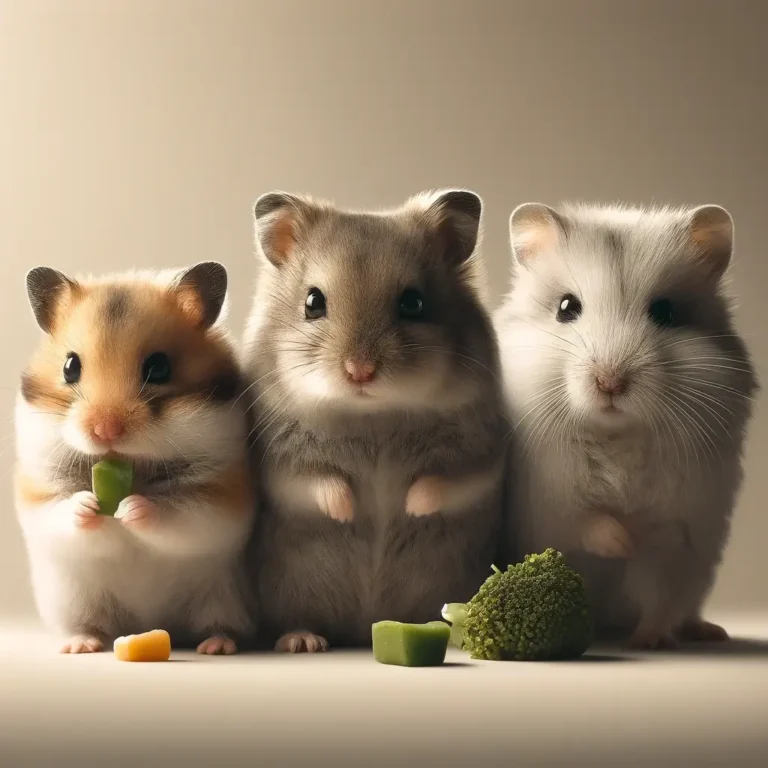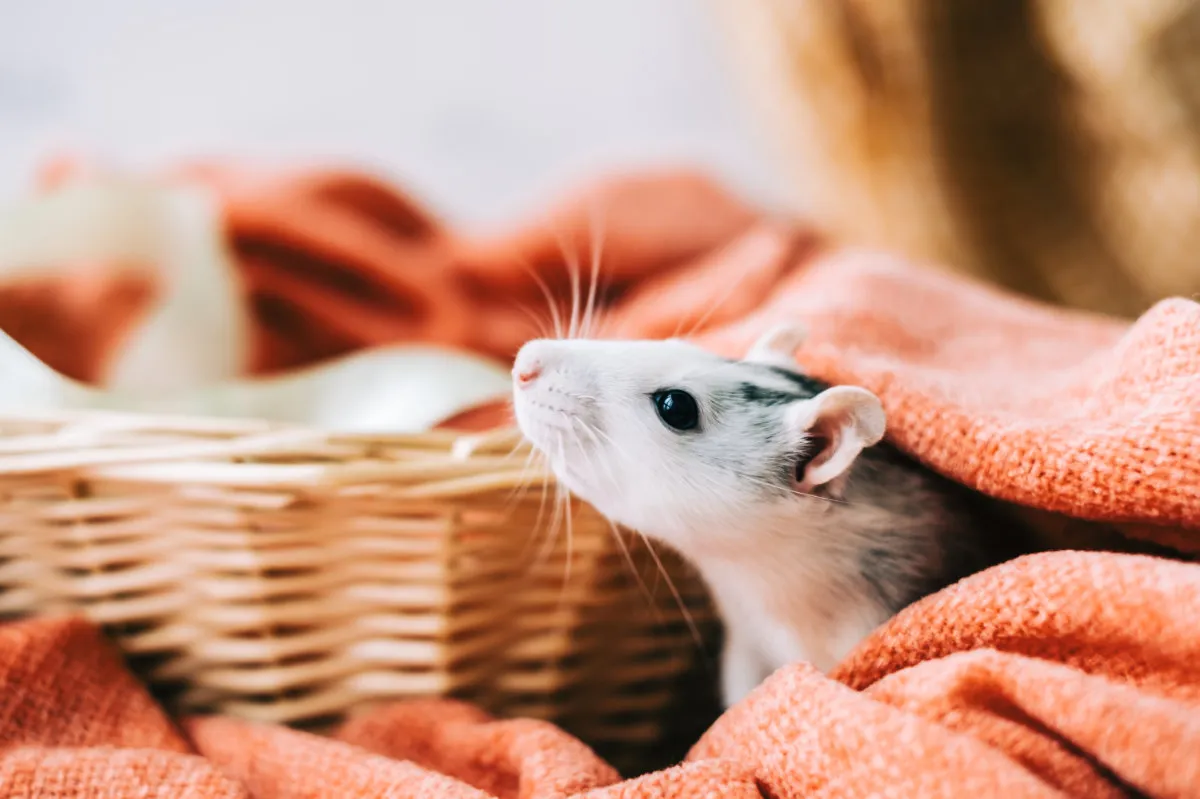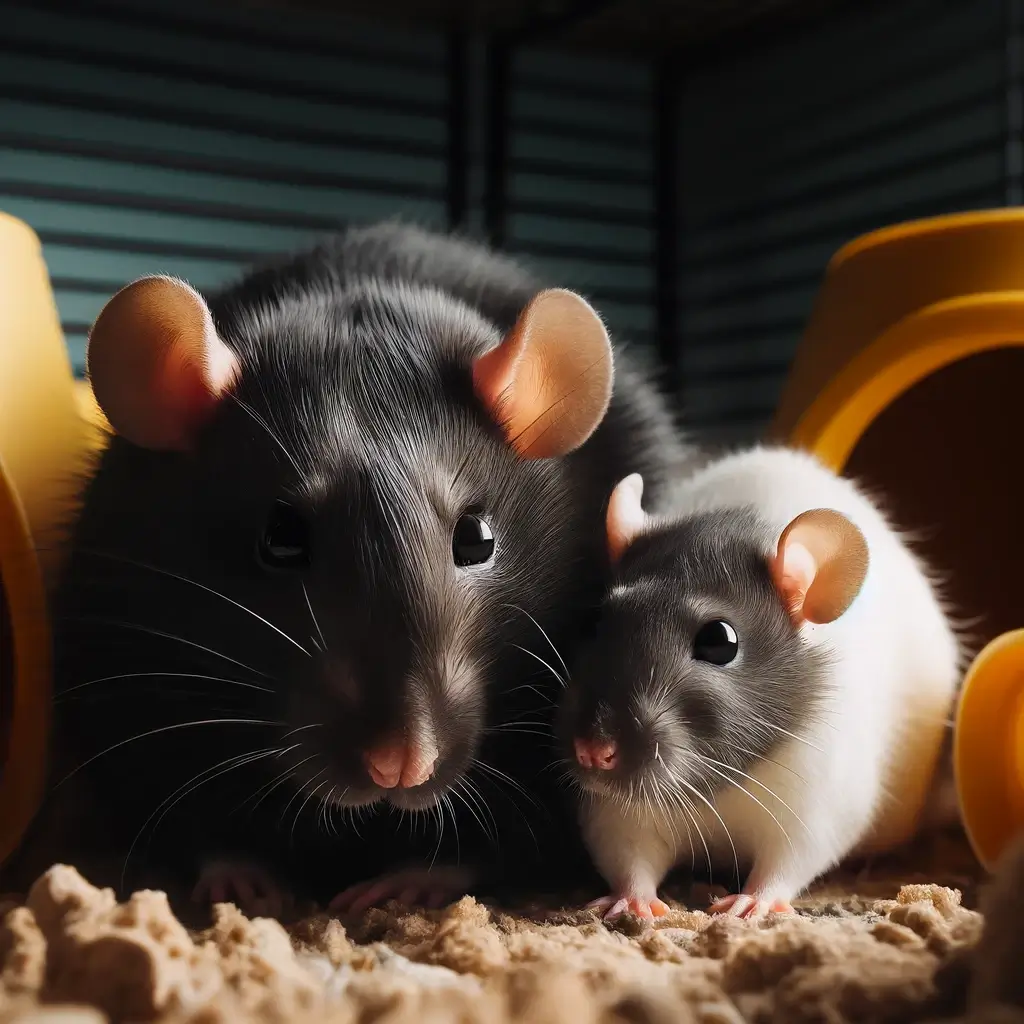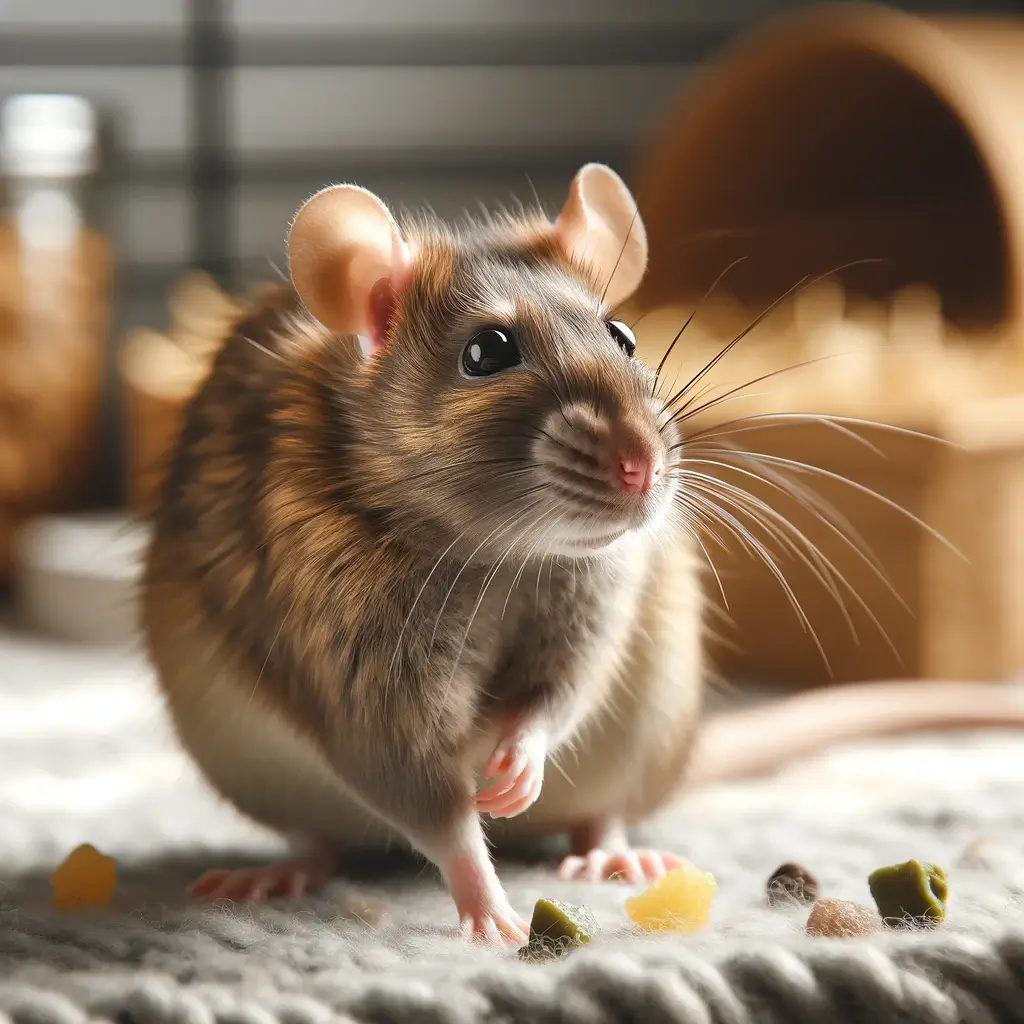Dwarf hamsters are adorable, miniature companions gaining popularity in the pet world. These little creatures boast diverse personalities, distinct appearances, and unique behavioral quirks. Let’s explore the wonderful world of dwarf hamsters!
Popular Dwarf Hamster Breeds
- Campbell’s Dwarf Hamster: The most common dwarf hamster breed, Campbell’s are known for their round bodies, beady eyes, and a variety of coat colours. They are social and can coexist in same-sex pairs or colonies if introduced carefully.
- Winter White Dwarf Hamster: These hamsters sport a thick, fluffy coat that changes to white in winter (in their native habitat). Winter Whites are generally docile and adapt well to handling.
- Roborovski Dwarf Hamster: “Robos” are the smallest and fastest of the dwarf hamster breeds. Their speed and agility make them slightly harder to handle, but their active personalities are incredibly entertaining.
Understanding Dwarf Hamster Behaviour
Like other rodents, dwarf hamsters have several instinctive behaviours:
- Crepuscular: They are most active during dawn and dusk, so expect playful energy during these hours.
- Burrowing: Dwarf hamsters enjoy burrowing and creating elaborate tunnel systems. Provide ample bedding to accommodate this natural behaviour.
- Chewing: Gnawing is a way for hamsters to keep their teeth filed down. Offer plenty of safe chew toys and wooden accessories.
- Hoarding: It’s normal for hamsters to stash food in their cheeks and hide it around their cage as a survival instinct for lean times.
- Territoriality: While some dwarf hamsters can live together under the right conditions, others are more solitary and may become territorial.
Caring for Your Dwarf Hamster
Here are essential care tips to ensure your dwarf hamster thrives:
- Enclosure: A spacious cage is a must. The minimum size recommended for a single dwarf hamster is 450 square inches of continuous floor space. Opt for a wire cage with narrow bar spacing or a glass enclosure with a secure lid.
- Bedding: Choose dust-free, absorbent bedding like aspen shavings or paper-based options. Provide at least 6 inches to encourage burrowing.
- Diet: Commercial hamster mix forms a good base. Supplement with a small variety of fresh vegetables and occasional protein sources like boiled egg or meal worms.
- Enrichment: A hamster wheel (size-appropriate for the breed), chew toys, hides, and sand baths are essential for mental and physical stimulation.
- Handling: Always approach hamsters gently and let them come to you. Supervise handling, especially with children, to prevent escapes or injuries.
Specific Considerations for Each Breed
- Campbell’s Dwarf Hamsters: This species has a slightly higher risk of developing diabetes. Limit sugary treats and monitor them for health changes.
- Winter White Dwarf Hamsters: Seasonal changes in daylight hours may trigger coat colour changes even as pets. This is natural and not a cause for concern.
- Roborovski Dwarf Hamsters: Due to their speed, extra precautions during handling are needed. Limit hand-feeding treats, which can make them more prone to nipping as they get overexcited about the food.
Are Dwarf Hamsters Good Pets?
Dwarf hamsters can be delightful companions, but they’re best suited for individuals and families who:
- Appreciate a nocturnal pet with activity peaks around dusk and dawn.
- Are willing to provide a spacious, stimulating environment.
- Can handle a small, fast creature that may not be the most cuddly.
Important Note: It is best to source your hamster from an ethical breeder or a reputable animal shelter rather than a pet store.









